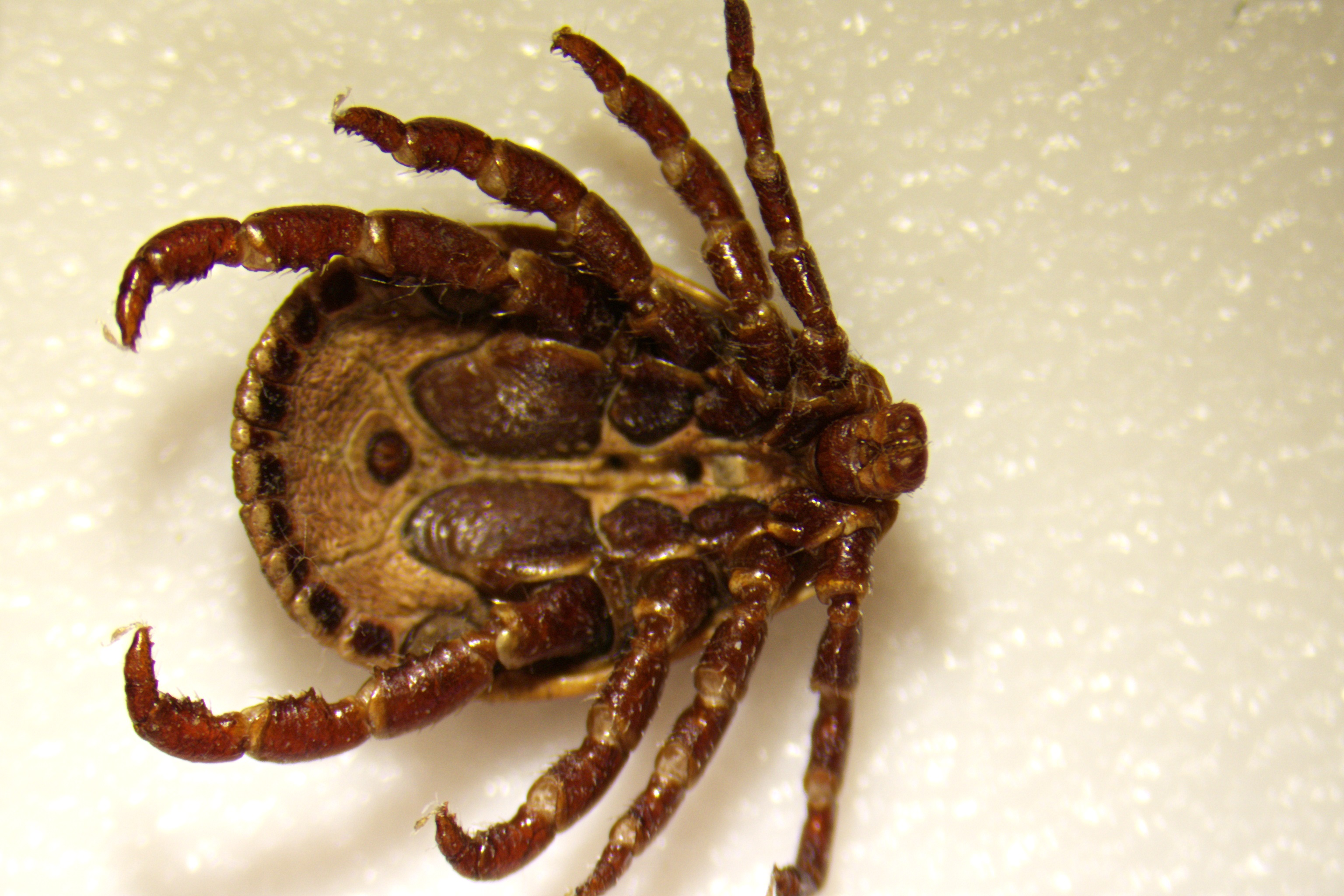IDAlert has co-designed and co-developed the first set of indicators for climate-sensitive infectious diseases in the European context. These indicators aim to provide concise information, raise awareness, improve understanding, and facilitate informed discussions on the urgency and importance of addressing climate change and infectious disease preparedness.
Enhancing global public health resilience to climate change
The full suite of IDAlert indicators facilitates proactive planning and implementation of adaptation policies, programs, and infrastructure improvements. This effort aims to protect public health and reduce vulnerability to health risks associated with climate change.
An indicator suite that meets end users’ needs
Ensuring the effectiveness, usability, and adoption of IDAlert indicators has been a critical and integral part of the project, involving early collaboration with stakeholders across sectors in co-designing, co-developing, and co-producing indicators, guaranteeing alignment with end users’ needs and priorities.
Beyond the IDAlert project
The IDAlert indicators are integral to the new European initiative The Lancet Countdown in Europe, and will be integrated into the European Climate and Health Observatory to support policy and decision-makers in the European Commission and EU Member States. This first suite of indicators will be featured in The Lancet Countdown Europe report on climate and health, set for publication in 2024.
Climate suitability indicators
These four priority indicators focus on climate suitability for vector-borne and water-borne diseases. This enables health practitioners to identify areas at high risk of disease outbreaks.
DENGUE, CHIKUNGUNYA, AND ZIKA
Disease agent: Arboviruses
Spread agent: Mosquito species Aedes aegypti and Aedes albopictus (also known as mosquito tiger)
Model: Mechanistic model
This indicator monitors the emergence of arboviral diseases in Europe by tracking human mobility and climatic conditions favorable to Aedes mosquitoes. It estimates mosquito reproduction rates and the length of the transmission season for arboviruses.
Human mobility is the movement of people travelling from endemic areas to European regions with suitable climatic conditions for Aedes mosquitos.
Climate conditions (temperature, rainfall, latitude, and human population density) have a direct impact on mosquito abundance and, indirectly, on the transmission rates of the disease.

MALARIA
Disease agent: Plasmodium parasite Spread agent: Anopheles mosquitoes
Model: Threshold-based approach
The indicator assesses the number of months per year with climatic conditions suitable for malaria transmission, as well as the landcover classes suitable for Anopheles mosquitoes.
Both the Anopheles mosquitoes and Plasmodium parasites are very climate-sensitive, thriving within specific limits of climatic conditions (temperature between 14.5ºC and 33ºC, and relative humidity greater than 60%).
In addition, Anopheles mosquitoes proliferate in specific land cover uses, such as race fields, permanently irrigated croplands and sports and leisure facilities

WEST NILE VIRUS (WNV)
Disease agent: West Nile Virus
Spread agent: There are multiple, being Culex mosquitoes considered the principal vectors
Model: Supervised machine learning model
This indicator monitors the evolving risk of West Nile virus transmission in Europe by comparing current infection data with climatic variables.
It provides the risk of WNV outbreak considering the actual case records of infection from different regions of Europe with data on those bioclimatic variables that affect the spread of the virus.

VIBRIO
Disease agent: Vibrio bacteria
Spread agent: Water
Model: Threshold-based approach
The indicator provides a proxy for the areas at risk of infections by mapping environmental suitability for non-cholera Vibrio bacteria in coastal zones on a global scale.
Vibrio bacteria, found in warm estuarine and coastal waters (>18ºC, closer than 10km to the coastline) with low to moderate surface salinity (<28PSU) worldwide, can cause sporadic cases of illnesses such as gastroenteritis, wound infections, ear infections, or even potentially fatal septicaemia.






